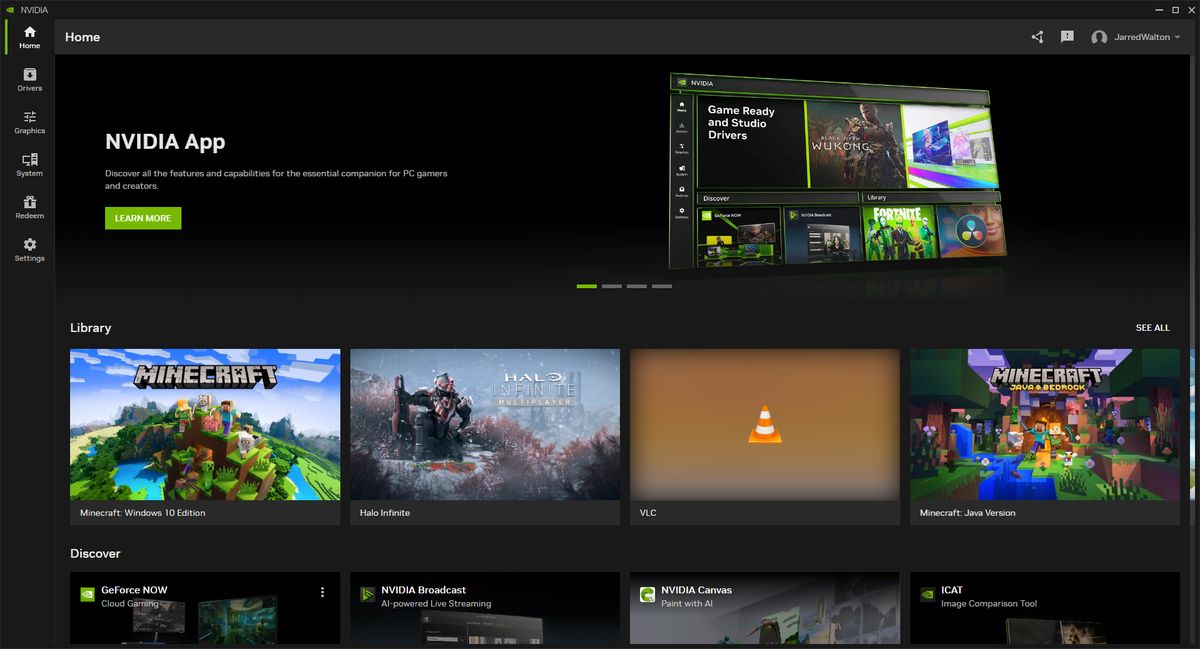DavidGraham
Veteran
AWS CEO on NVIDIA: "I actually think most will probably be NVIDIA for a long time, because they’re 99% of the workloads today, and so that’s probably not going to change. But, hopefully, Trainium 2 (AWS's custom AI chip) can carve out a good niche where I actually think it’s going to be a great option for many workloads—not all workloads"
I think we like to view it as a supplement to NVIDIA's GPUs. NVIDIA has a fantastic product, and their team has done an outstanding job executing. We believe the vast majority of workloads will continue to run on NVIDIA processors for a long time.
However, customers want choices—options that can offer lower costs. For certain workloads, we think alternative solutions can provide customers with 30–40% cost-performance benefits compared to today's GPU-powered instances. This is a significant win for customers, particularly as they aim to reduce the cost of general AI workloads.
> As of now, NVIDIA is estimated to hold about 95% market share. Do I agree with that number? I think it's probably even higher. The vast majority of general AI workloads today run on NVIDIA technology. They've undeniably been the leaders in this space.






